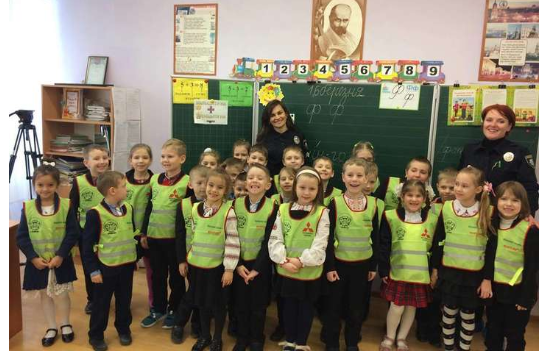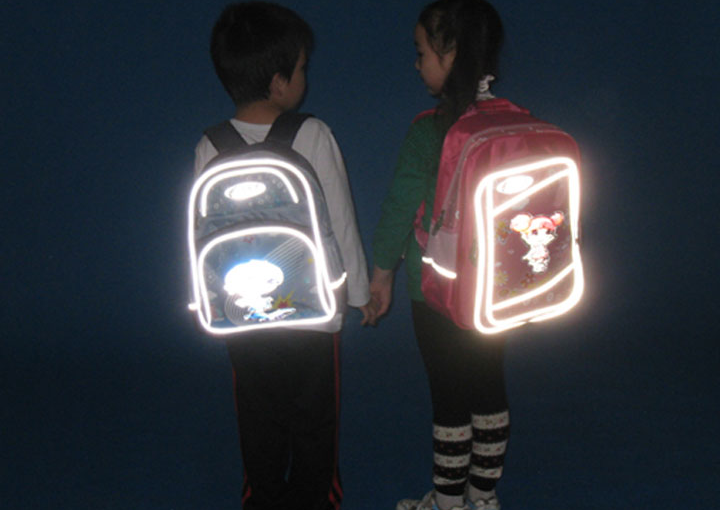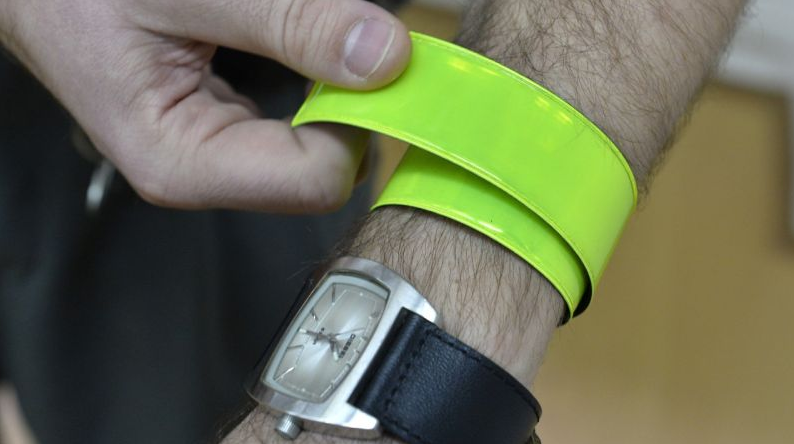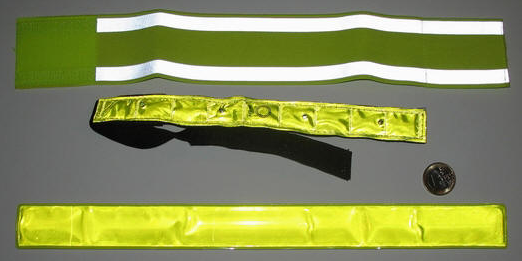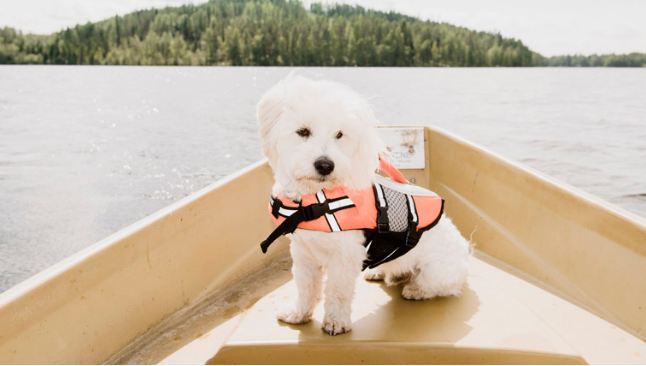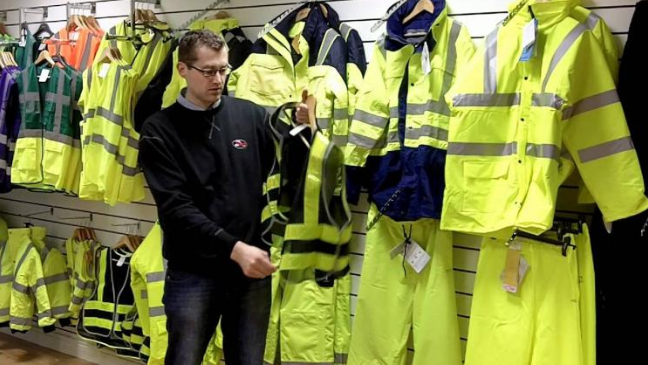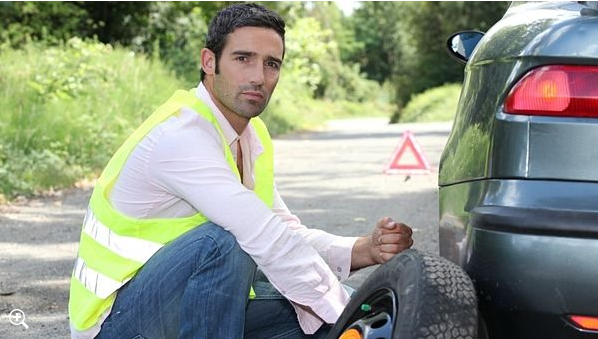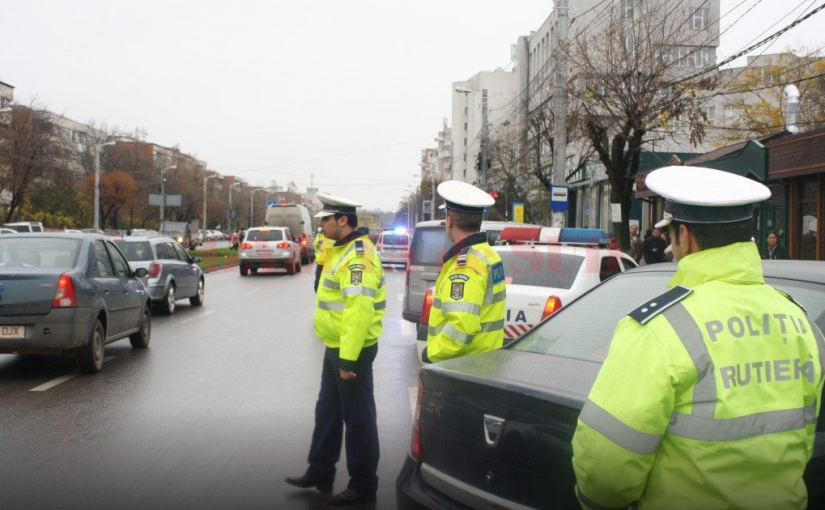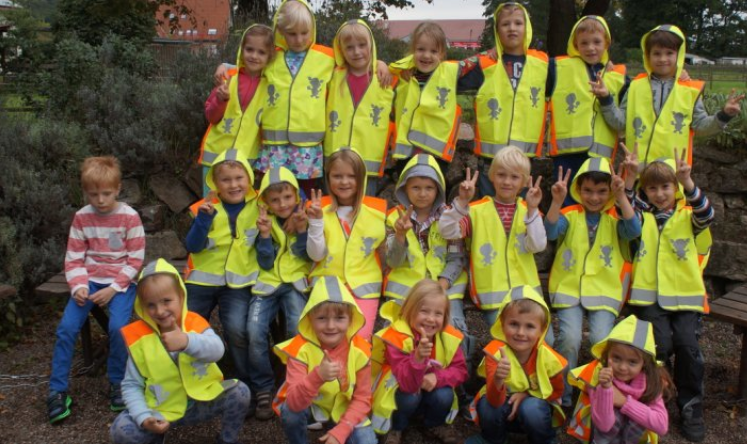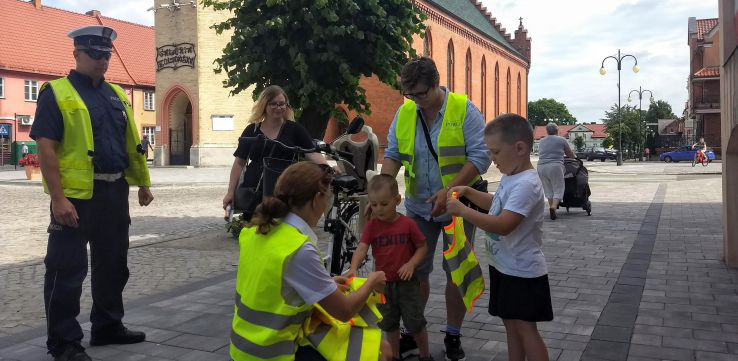Vest Propagation Project Launched by National Traffic Injury Prevention Program for Children and Youth.
49 metropolitan schools began to receive reflective vests for children of grades 1-3 from public activists and the Patrol Police within the framework of the project “Express Yourself”. The Vest Propagation Project was initiated by the National Traffic Injury Prevention Program for Children and Youth. Information partner of the national Glavcom program.
Activists say that reflective vests are needed for schoolchildren when they go to school outside school. By dressing the toddler in such bright vests, the babies become well visible to drivers, other road users and those who accompany them. This is especially important when moving along roads, or when crossing a carriageway, dangerous intersections, and so on.
Which general educational institutions will receive reflective vests, was selected by the patrol police of Ukraine together with school administrations and representatives of the Traffic Challenge. Among the selection criteria, there should be dangerous driving areas near these schools. Such a school is, in particular, the 266th comprehensive educational institution. Police and activists handed over to the school 1 set (30 pieces) of vests. “There is a very busy track near this school. There are many pedestrian crossings, but children still run straight across the street. Now, going for walks throughout the class, children will be able to be seen at a great distance thanks to these vests,” explains patrol police inspector Louise Sidelnikov.
According to her, there are also categories of schools that have very active administrations that actively teach children road safety.
The police say that the practice of vest distribution in Ukrainian schools has not been done so far. But wearing such reflectors is a pan-European practice.
“The traffic rules state that when a pedestrian is on the roadway or moving along the road in the dark, they must stand out, that is, have reflective elements on their outer clothing. Of course, we do not follow these rules,” Siedelnikova stresses.
Traffic Challenge chairman Olga Drobysheva says the problem is that people do not even understand the importance of wearing reflectors on clothing and vests.
“It is important for people to understand that this is saving lives. When we were little, we were not taught in schools or universities, or even in driving courses, how close we are as drivers to see a pedestrian without reflective materials in their clothes. For example, a person in dark clothing can be seen from a distance of 5 to 30 meters, depending on weather conditions. But 30 meters is a very short distance for the car to brake. Because the braking distance of the car is an average of 3 seconds. This is unless we have ice and a good dry road,” Drobysheva says.
Therefore, children should be dressed in bright colors. Then they are visible in the daytime under good weather conditions up to 100 meters away.
In many European countries, wearing reflective vests by adults in adverse weather conditions is a prerequisite for traffic regulations. And it is important to have reflective fabrics on clothing in, for example, Poland and the Baltic States. Their absence is punishable by fines.
Activists argue that such vests should be in all schools. The vests have already been handed over to most of the schools planned, and the vests will be in Chernihiv next week. Messages from teachers and parents from all over Ukraine began to arrive at us. They want to have these vests to send their children on excursions, school walks and more.
In total, 8,000 light-reflecting vests will be distributed in 10 oblasts of Ukraine within the framework of the “Manifest Yourself” project.
